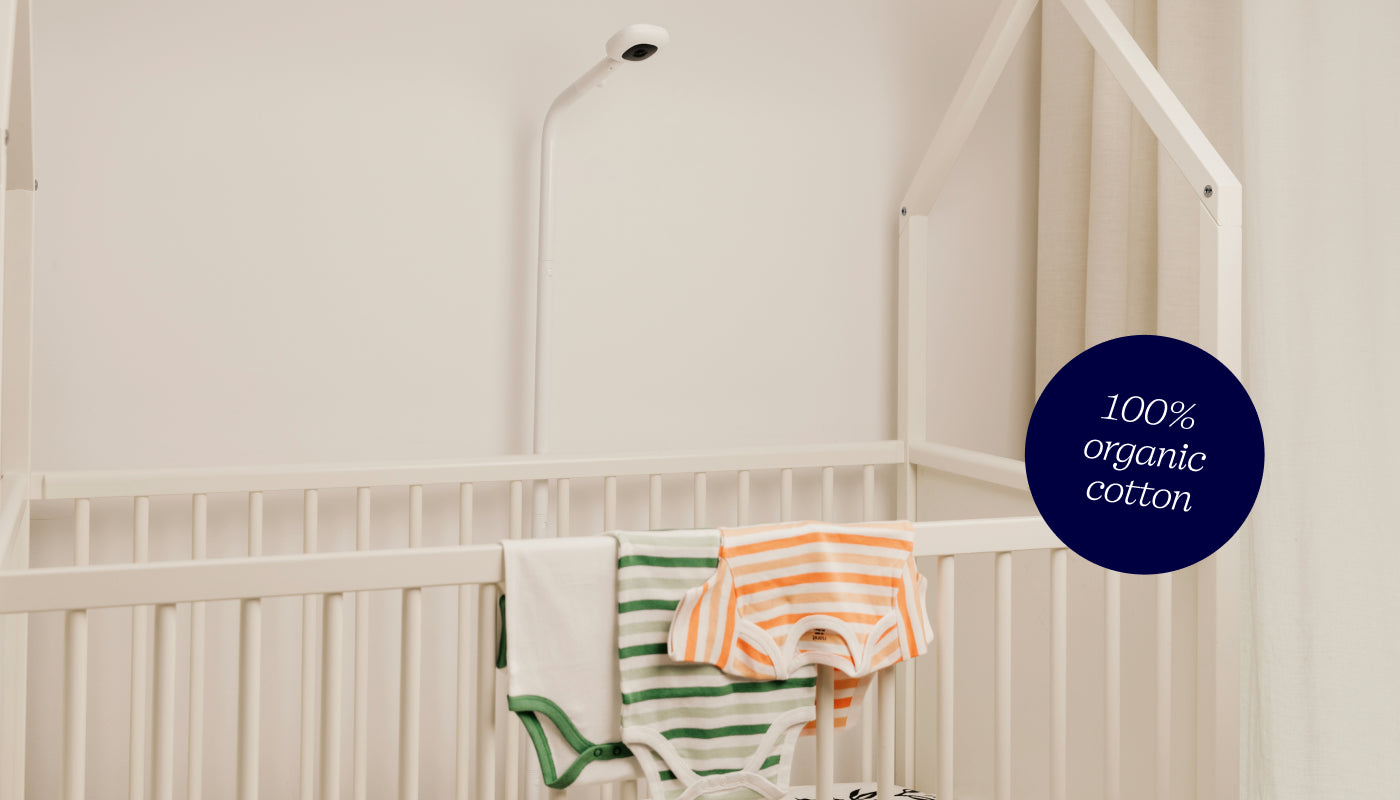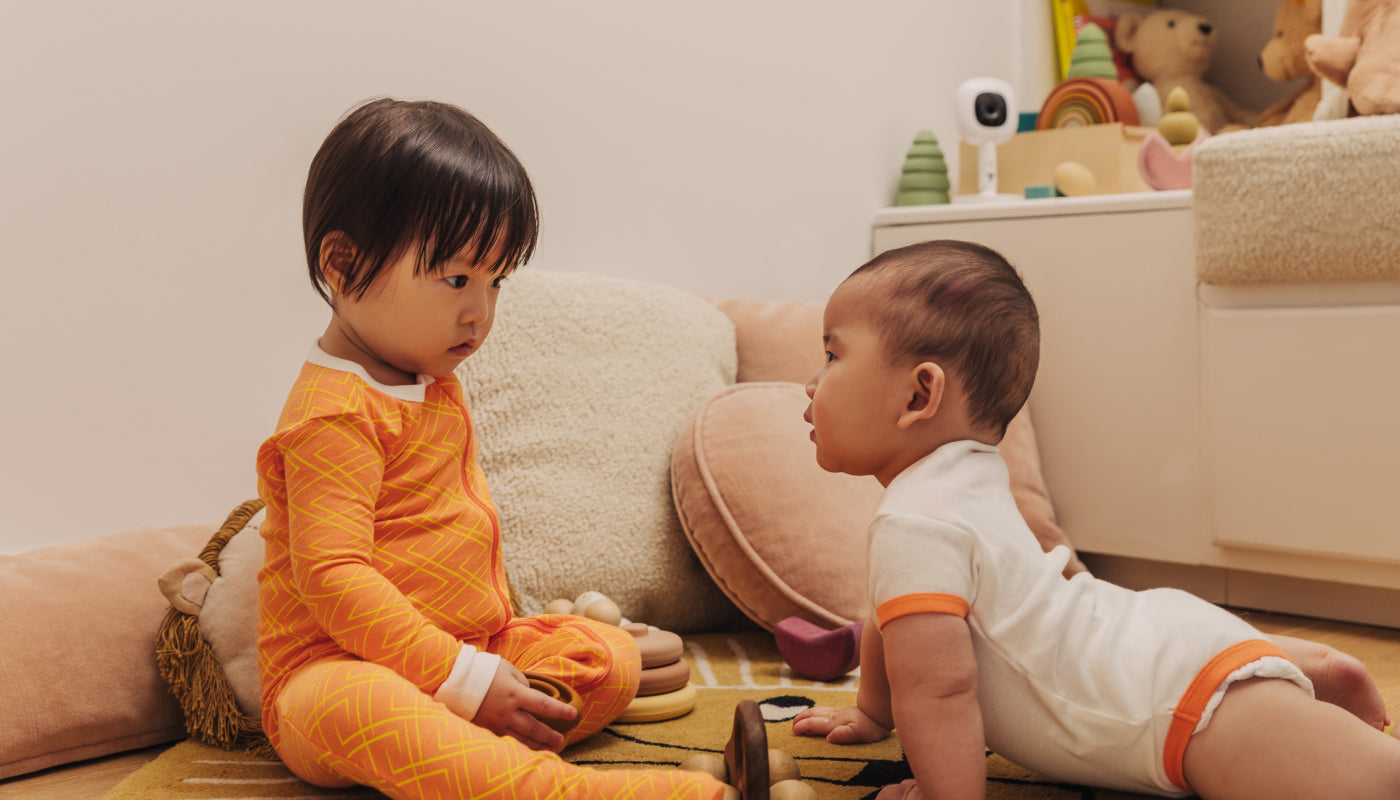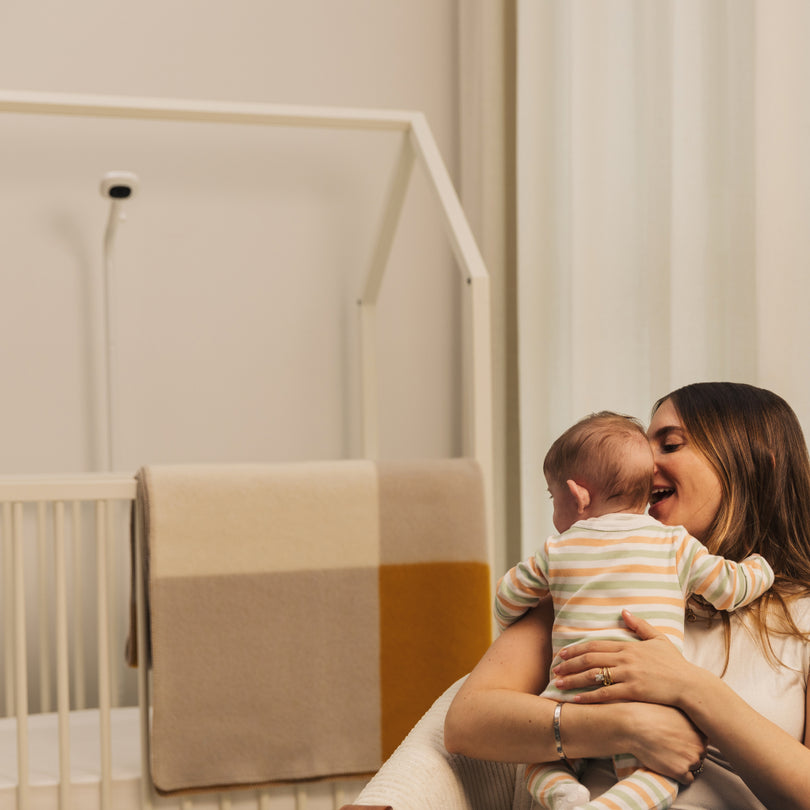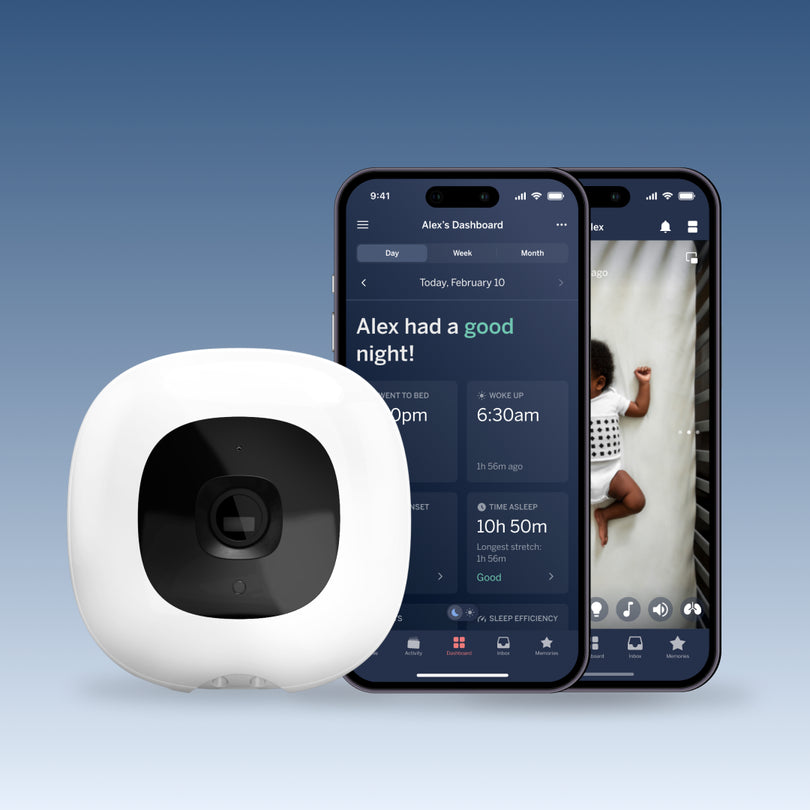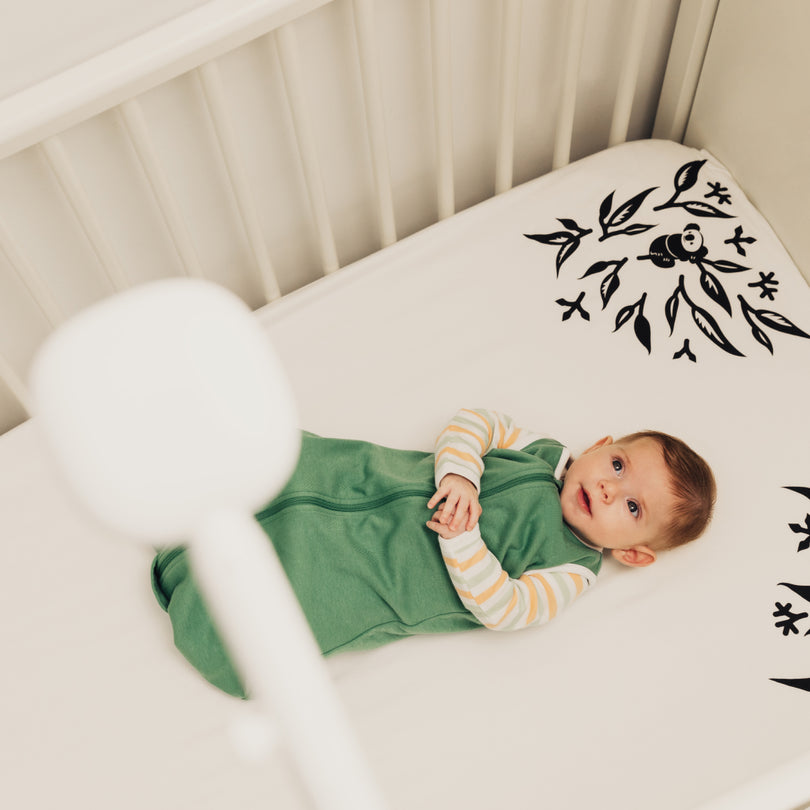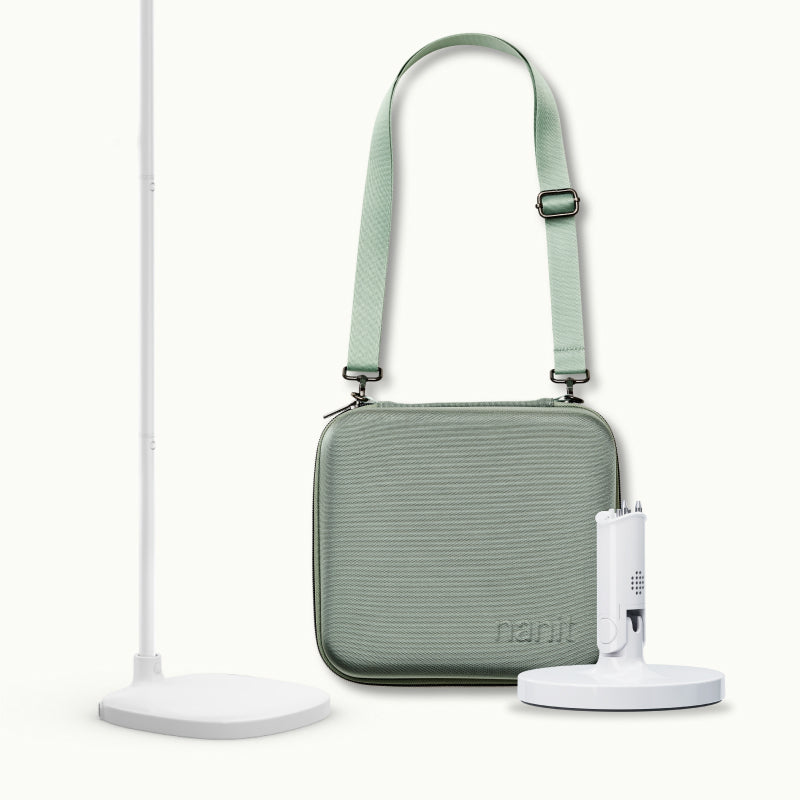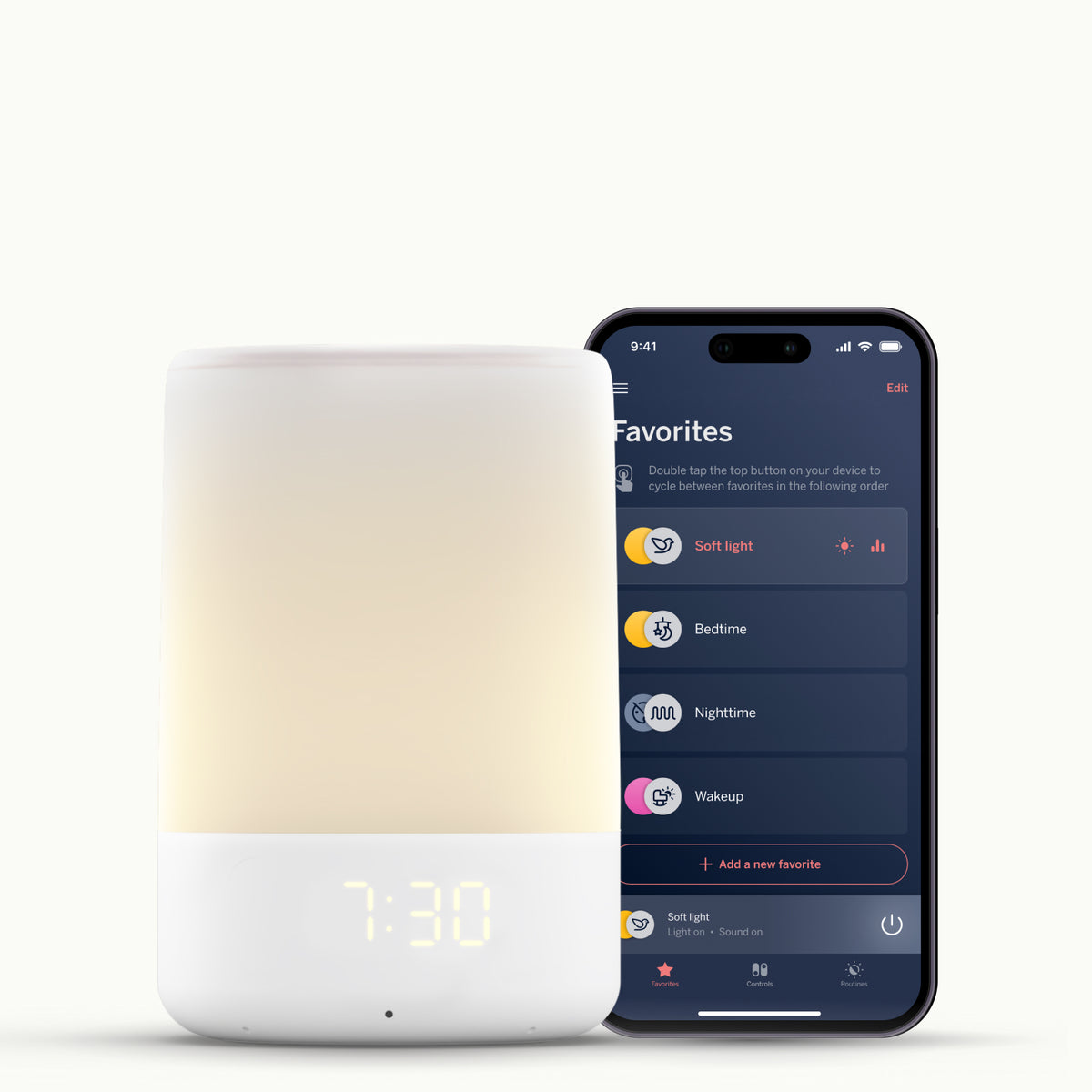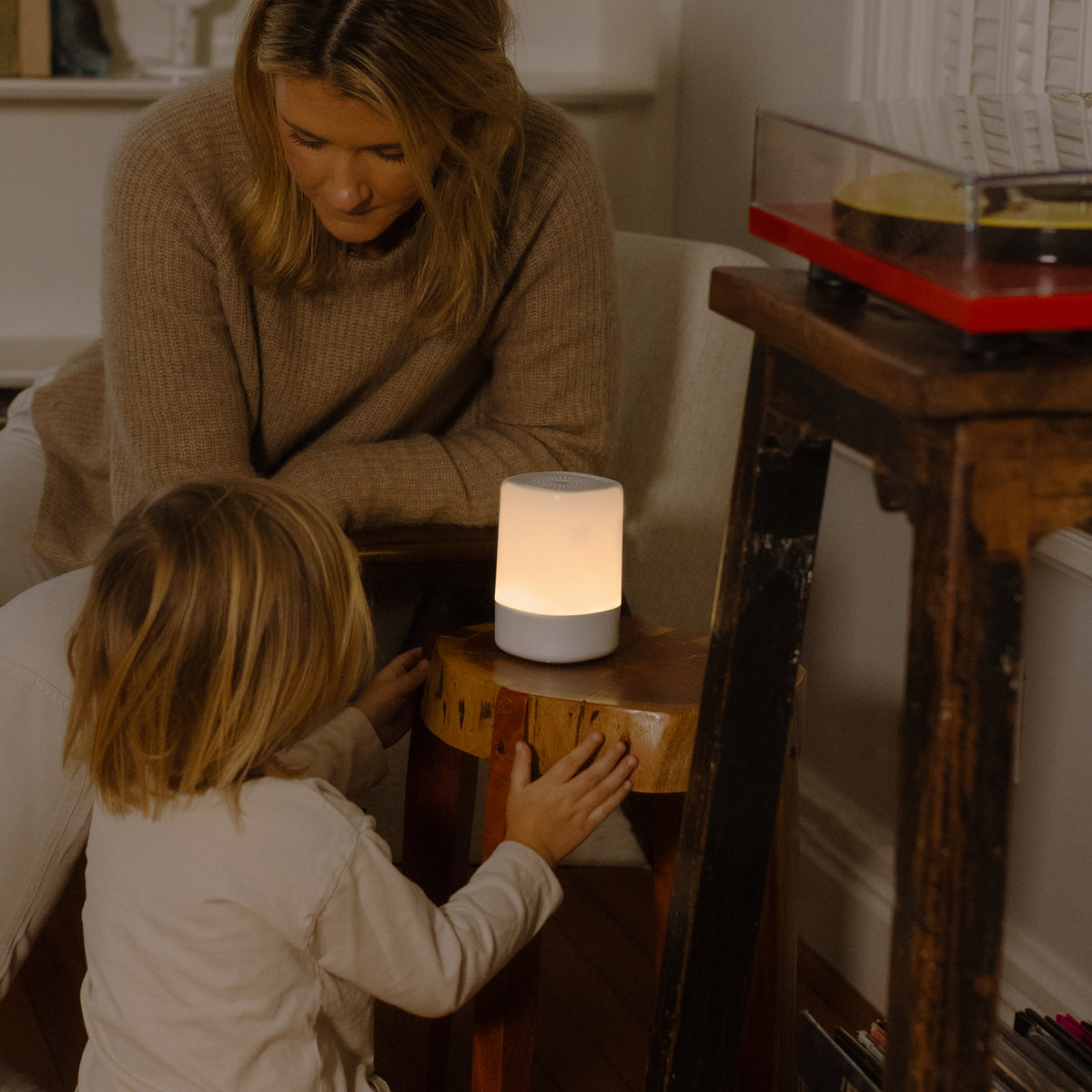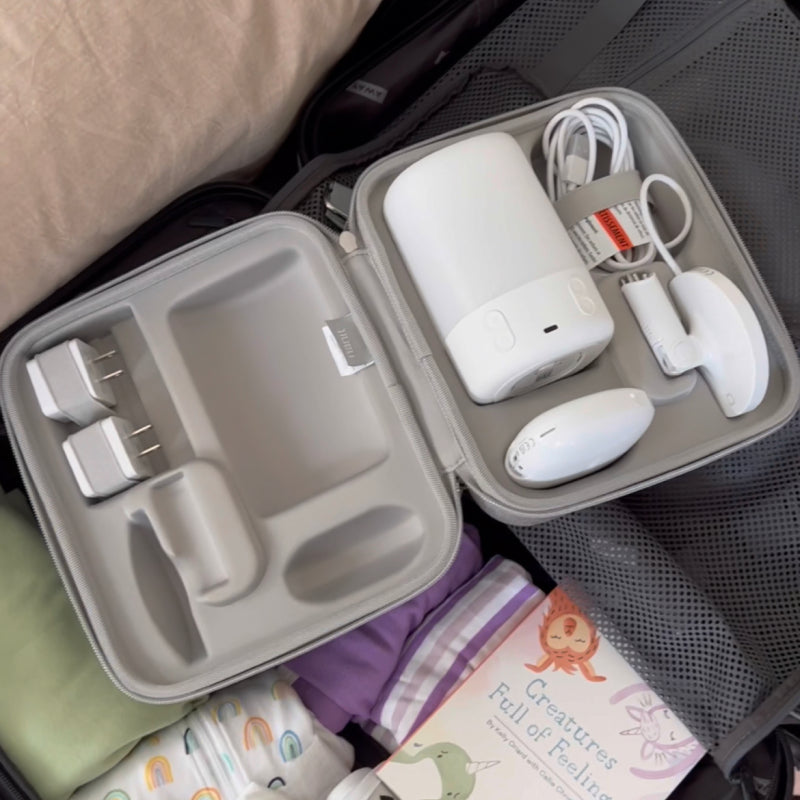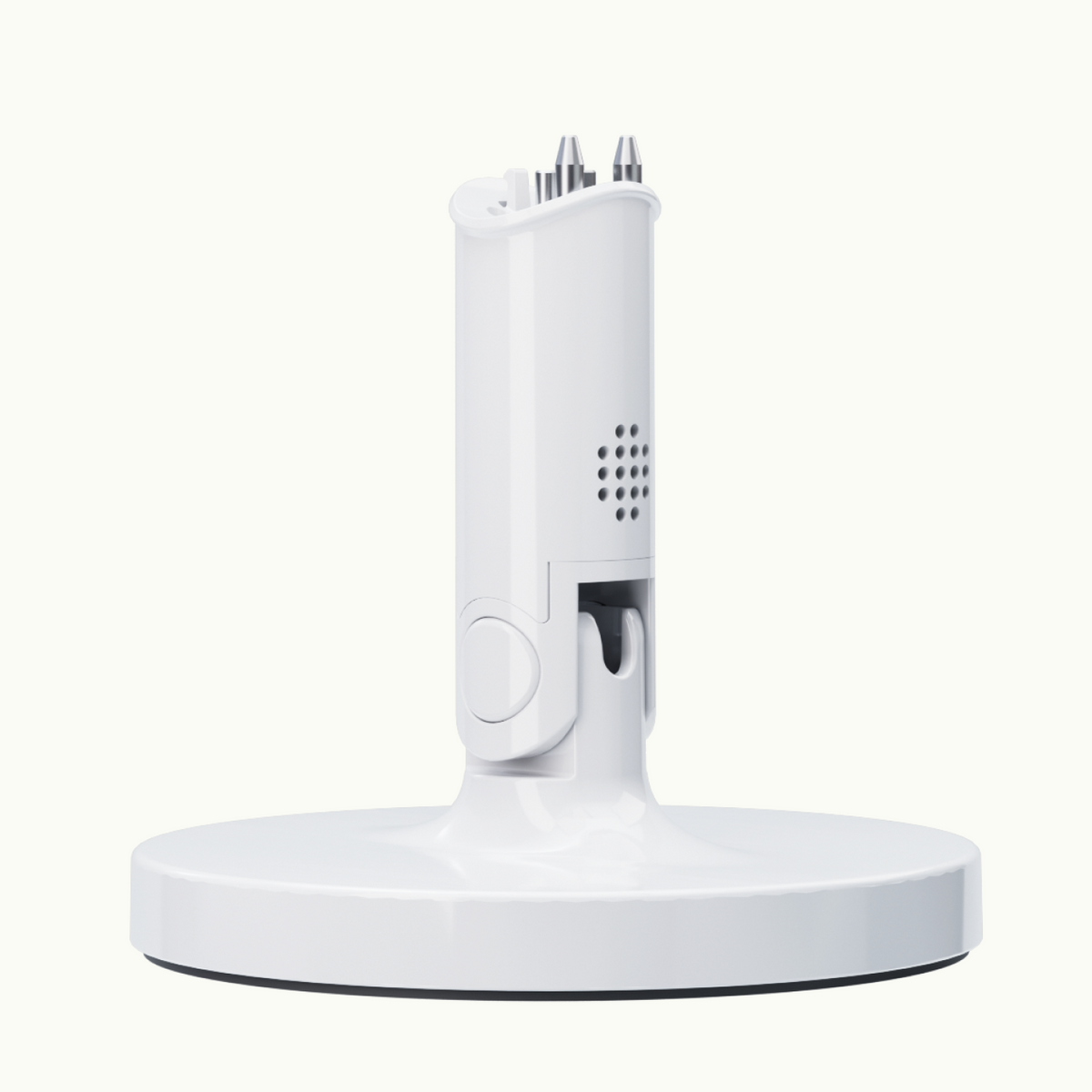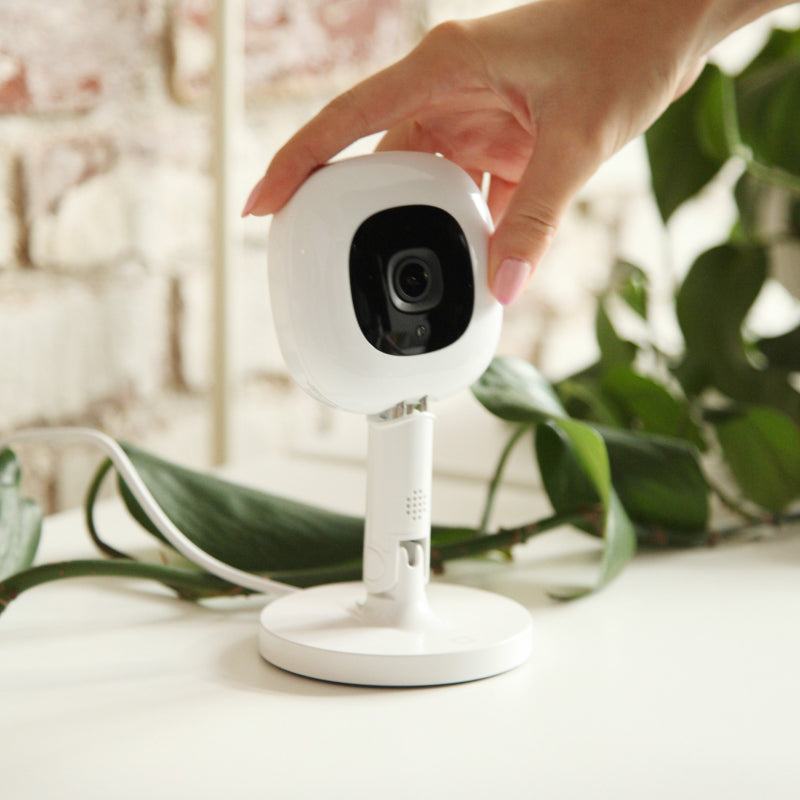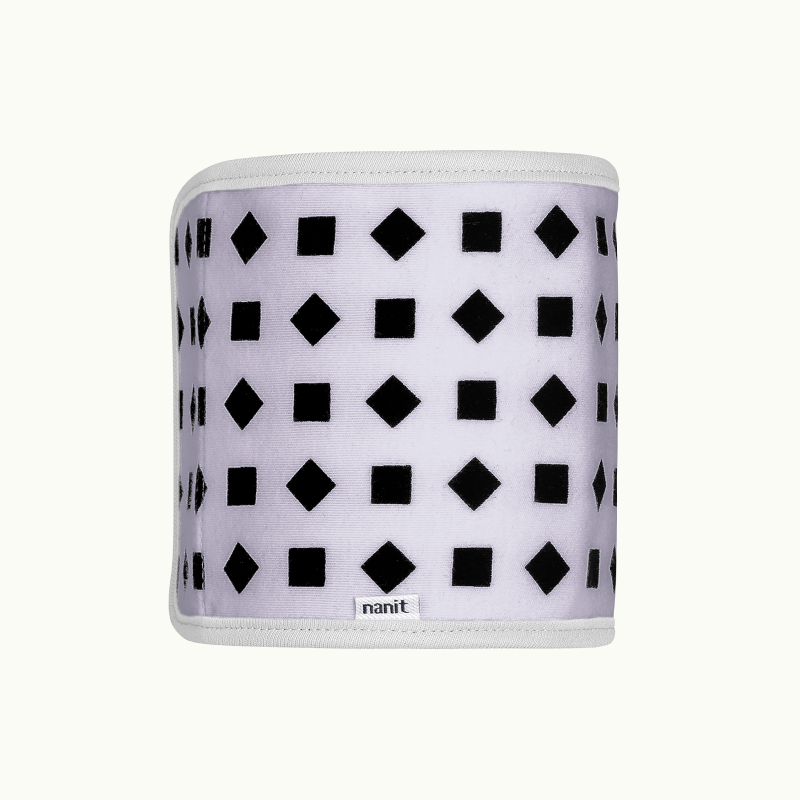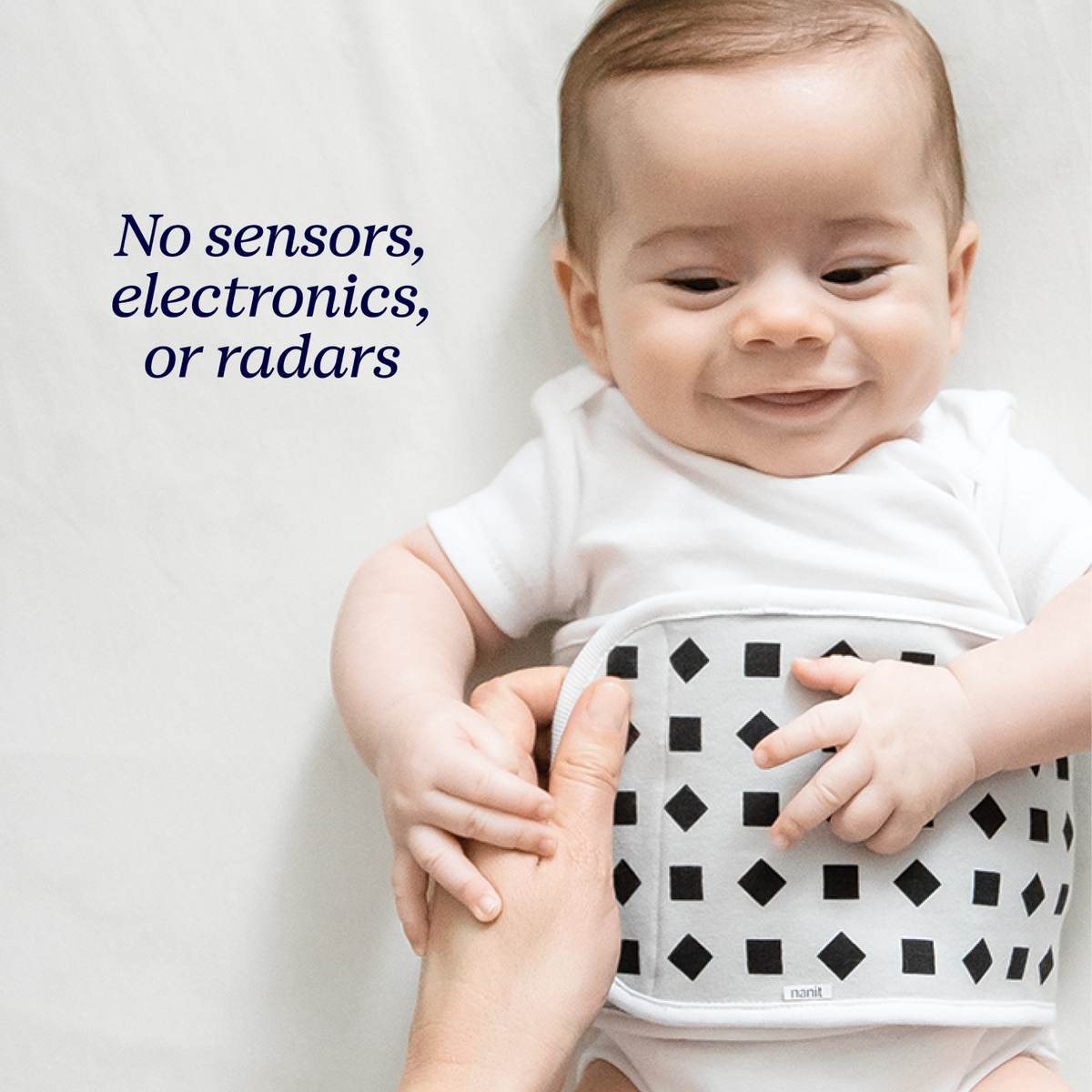If you are successfully getting your baby to fall asleep and to stay asleep for several hours each night — congrats! — you’re doing pretty well in the war on sleep. Give yourself a pat on your weary new-parent back. You’re giving your baby and yourself the best chance of getting through their infancy and beyond with rested minds and bodies.
But even when that part is going smoothly enough, you can encounter disruptive patterns that may be bad for baby and can ripple through your entire household. One of the most common of those is when your baby wakes up earlier in the morning than you’d like.
Babies and children tend to wake up early in general, so although this might sound redundant, you will most likely have a feel for when your baby should be put down for the night, when they should normally wake up, and how long they should sleep.
Waking too soon can be a problem for overtired parents — and babies, especially if their premature wake up time is evidence of too little time spent snoozing. With a little work, though — including one important upgrade to the baby’s nursery and a household-wide schedule adjustment — you can hopefully get your little one on the right nighttime sleep schedule.
Use Blackout Shades for the Darkest Possible Nursery
“If your baby is waking up too early in the morning, one of the easiest ways to help your baby sleep a little bit later is going to be making that room as dark as possible,” advises Dr. Natalie Barnett, a NYC-based baby sleep consultant and Nanit’s very own Sleep Advisor. Perhaps the most effective tool in achieving darkness in your nursery is blackout shades.
The popularity of these light-blocking curtains has made them widely available in a huge range of styles and prices. Any of them will do, so long as they perform their desired function — they should be true to their name and black out all light coming through the window.
Anyone who hasn’t dared enter a sleeping baby’s nursery, even with the quietest movements possible, for fear of waking them up knows this: Babies can be extremely light sleepers, particularly in the early hours of the morning.
Babies are not born with the same sleep cycles of adults or even toddlers. Babies have fewer sleep stages than older people, and those stages are shorter. And up to half of their time spent sleeping will be in a phase similar to REM. Unfortunately, that phase is characterized by light sleep, meaning of course that babies are susceptible to being woken up easily. Because of this, the slightest bit of light sneaking through the curtains has the potential to wake a dozing baby.
Babies are typically in a very deep sleep in the early hours of the evening when parents often see a good long stretch of sleep, but those lighter stages of sleep in the early hours of the morning combined with cracks of light peeping through the windows can have baby fully awake and wanting to party way before you’ve even thought about that first cup of coffee.
To top it all off, babies aren’t born with a built-in circadian rhythm — the biological clock that syncs our sleep cycles to the light of day and dark of night. A baby’s body doesn’t yet automatically feel sleepier at night and more wakeful during the day like an adult’s. As we explore in this blog post about if and when to begin sleep training, that’s why in your baby’s first weeks of life they may spend equal amounts of time sleeping at night and at day. Their body cannot yet differentiate between the two as they relate to sleep. (Of course, a baby’s tiny stomach and big appetite make for frequent wakings as well.)
Give or take, it will take about four months until a baby’s biological clock is begins to become in tune to day and night, and it will take a while before it’s fully matured, so don’t expect it to show up overnight.
But darkening the baby’s nursery when you want them to be asleep, and allowing them to be in a well-lit area when it’s time for them to wake up or be alert, can help facilitate the onset of the oh-so-important circadian rhythm. Blackout shades are one of the most powerful tools to help your baby get its sleep schedule in line with his or her emerging circadian rhythm.
“It all comes back to this idea of consistency,” says Barnett. “We want it to be as consistently dark at the beginning of the night as it is at the end of the night.”
If necessary, have the shades fitted to the windows in your baby’s nursery to ensure the darkest sleep environment possible. Without light sneaking in through the sides of the shades, there’s less chance that your baby will wake up earlier than you want, or is best for them.
Get to Bed Earlier and Wake Up Earlier
Having a baby in the house can make anyone a bit frantic. The baby requires round-the-clock care. Meanwhile, normal everyday tasks can get pushed off until the evening, after the baby has been fed, bathed, put to bed, put to bed again, and maybe put to bed yet more times after middle-of-the-night feedings and changings.
That’s why this next tip can be a bit of a difficult pill to swallow: Get your baby to bed earlier! Difficult or impossible as it may sound, setting — and sticking to — an earlier bedtime might be just what you need to get your baby’s sleep schedule back on track.
“If you have tried (using a good pair of blackout shades) one of the easiest ways to lengthen that total nighttime sleep is going to be getting the baby to bed earlier,” advises Barnett. “So it may mean that you’re going to have to live with that earlier wake up time,” she says
Essentially, what Barnett is saying is that the easiest way to beat the too-early wake up time is not to fight it at all. Instead, you may want to rearrange your household’s sleep schedule so that everything else falls in line with your baby’s propensity to wake with the roosters (or well before them, as is too often the case).
It may be a challenge to structure much of your life around the baby’s schedule. But hopefully you’ll find that doing so eases tensions elsewhere. Perhaps you can get work done first thing in the morning, after the baby is changed and fed, when there are far fewer distractions than at night, when unanswered phone calls beg to be returned, television shows beckon and productivity has a habit of slipping away.
Also, remember that having a consistent bedtime routine goes a very long way toward nights full of shut-eye. If you’d like to brush up on what makes an effective routine, read this post from Nanit’s blog about creating and sticking to one. Likewise, the four-month mark is often thought of as a good time for parents to begin sleep training their baby, so give some thought as to how that might make a positive impact on the amount of Zs floating through the midnight air in your home.
Try to Maintain 11-12 Hours Night Time Sleep
The parents of children of virtually any age will most likely want to monitor closely how much sleep their kids are getting. This is may never be more true than when you bring home an infant or have a toddler in the next room.
The upshot of all these tips offered by Barnett is this: It all comes back to how much sleep your baby is enjoying each night. “We want to still maintain 11 to 12 hours of nighttime sleep,” Barnett says.
In other words, everything she advises is in service of getting sufficient sleep. That really makes sense, considering that sleep is of course one of the most basic functions of life. So much of health and wellness stems from giving your body its time to restore and rejuvenate itself, process memories and dream the night away.
Bear in mind that this number won’t apply to babies of all ages, or every individual baby, because people vary from one to the next, including babies. As Nanit’s blog has explored, babies’ need for sleep changes considerably over their first several months of life. For example, until about their fourth month of life, newborns probably need closer to 14-17 hours of sleep which, as we know, can take place at any time of day or night. Then, until they’re about one year old, infants still generally need between 12 and 16 hours of shut-eye in a 24 hour period.
Remember, it may be painful when your baby wakes up before the sun, the roosters and everyone else. It can be an added strain on parents who are already stressed and a baby is doing their best to adjust to their rapidly growing body and the hectic world they’re getting to know (between naps, anyhow). But with a few little changes to your nursery and your schedule, you should have things on track in no time!
